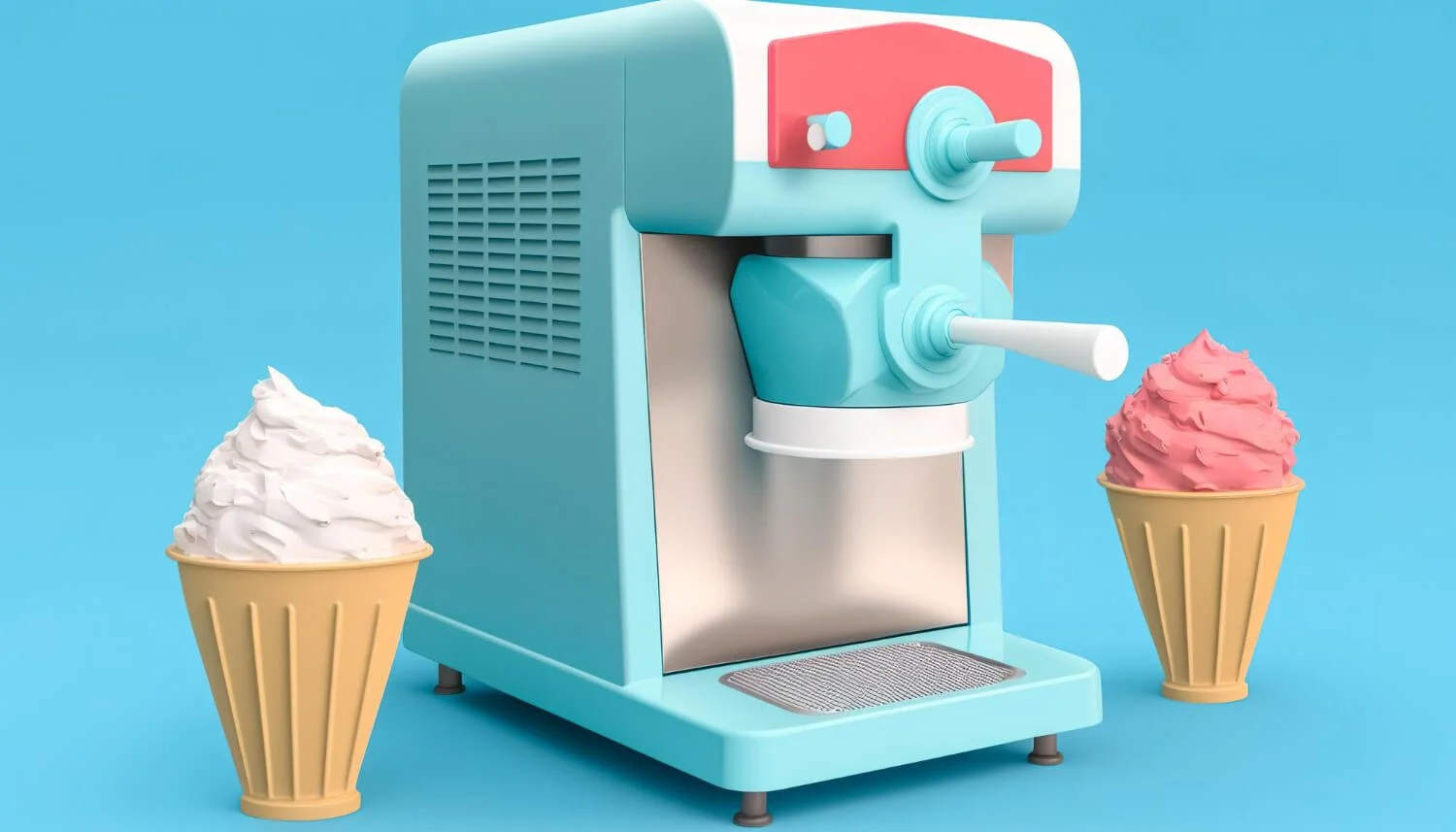How to Clean Mold from a Portable Ice Maker
Portable ice makers are convenient appliances that provide us with a continuous supply of ice, whether at home, in an office, or during outdoor activities. However, like any other appliance, they require regular maintenance to ensure optimal performance and hygiene. Mold growth can be a common issue in portable ice makers, but with the right approach, it can be effectively cleaned and prevented. In this article, we will provide you with a step-by-step guide on how to clean mold from a portable ice maker and keep it in pristine condition.
Step 1: Safety Precautions
Before you begin the cleaning process, it is essential to take some safety precautions:
1. Turn off and unplug the ice maker from the power source.
2. Wear gloves and safety goggles to protect your hands and eyes from any cleaning agents or mold spores.
3. Choose a well-ventilated area for cleaning to minimize inhalation of cleaning solutions.
Step 2: Empty the Ice Bin
Remove any ice present in the ice bin and discard it. This ice may contain traces of mold, and it is important not to use it or consume it.
Step 3: Disassemble the Ice Maker
Check the manufacturer’s instructions for guidance on how to disassemble your specific portable ice maker. Typically, you will need to remove the ice basket, water reservoir, and any other removable parts. Take care not to force any parts or damage the appliance during disassembly.
Step 4: Clean the Ice Basket and Removable
Parts a. Prepare a cleaning solution: Mix equal parts of white vinegar and warm water in a bowl or sink. Vinegar is an effective natural cleaner that helps eliminate mold and disinfect surfaces.
b. Soak the ice basket and removable parts in the cleaning solution for about 10-15 minutes. Ensure that all parts are completely submerged.
c. After soaking, scrub the parts gently with a soft brush or sponge to remove any mold residue. Pay attention to corners, crevices, and hard-to-reach areas. d. Rinse the parts thoroughly with clean water to remove any vinegar residue.
Step 5: Clean the Interior
a. Using a soft cloth or sponge, dampen it with vinegar and water solution and wipe the interior surfaces of the ice maker, including the walls, reservoir, and any visible mold growth.
b. For stubborn mold spots, create a paste by mixing baking soda and water. Apply the paste to the affected areas and let it sit for 10-15 minutes. Scrub gently and rinse with clean water.
Step 6: Clean the Water Reservoir
a. Fill the water reservoir with the vinegar and water solution (equal parts) and let it sit for approximately 10-15 minutes to allow the solution to reach all the internal components.
b. After the soaking period, empty the reservoir and rinse it thoroughly with clean water. Ensure that there is no vinegar residue left behind.
Step 7: Dry and Reassemble
a. Dry all the disassembled parts thoroughly using a clean, lint-free cloth or allow them to air dry completely.
b. Once dry, reassemble the ice maker, ensuring that all parts are correctly aligned and securely fitted.
Step 8: Regular Maintenance and Mold Prevention
To prevent mold growth and maintain the cleanliness of your portable ice maker:
1. Empty and clean the ice maker at least once every two weeks.
2. Use filtered water instead of tap water to reduce the chances of mold growth.
3. Store the ice maker in a cool, dry place when not in use to discourage mold formation.
Here are some additional tips for cleaning mold from a portable ice maker:
· If you have a soft toothbrush, use it to scrub hard-to-reach areas.
· If you have a moldy scoop or basket, soak them in the vinegar solution for a few hours before scrubbing them.
· If you still see mold after cleaning, you may need to repeat the process.
Conclusion:
Cleaning mold from a portable ice maker is an essential task to ensure hygiene and efficient ice production. By following the step-by-step guide provided above, you can effectively eliminate mold, prevent its recurrence, and enjoy clean and refreshing ice. Remember to prioritize safety precautions and maintain regular maintenance practices to keep your portable ice maker in optimal condition for years to come.
